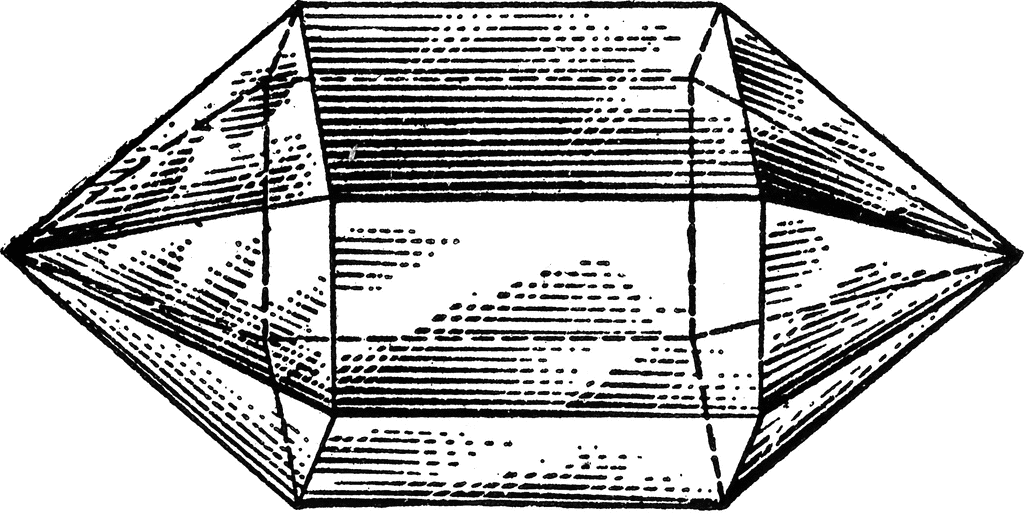E3D:::::Quartzs
The Quartz Crystals are from Almohaja, Teruel (SPAIN), from one of the uncommon Sabkha (a supratidal mudflat in which evaporite-saline minerals accumulate as the result of semiarid climate) Keuper Facies containing White Quartzs, Citrine Quartzs, Teruelita, Aragonite and "Jacinto de Compostela" (red Quartz) deposits. There are a total of nearly 10~30 deposits of this kind in the whole Spain and it is very rare to find it in other places of the world.
Despite Teruelita, Aragonite and "Jacinto de Compostela" are very occasional outside Spain, White Quartzs are very widespread worldwide, and Citrine Quartzs are present worldwide too, but are considered uncommon.
This Keuper Facie dates from 231.5 to 218.3 Millions of years Ago. At that time Pangea began to drift (240 MoY Ago) and the first real Dinosaurs appeared (between 240 and 230 MoY Ago), but they were not common at all; the protagonists were crocodile-like creatures and supersalamanders living on sauna-like lagoons (temperature and CO2 levels were much higher than today).
There were also megamonsoones due to winter/summer air currents between Southern and Northern Regions. Being a single continent, wind currents were able to move freely between South and North, that in turn causes that evaporated water from Tethys Sea reaches the poles, keeping it from being cold.
At the North of Iberia there were dessert, with temperatures much higher than 95ºF, and at the south there were a tropical hell, very calid and humid. But in Iberia the weather was more fresh and was the kind of intermediate place were most Dinosaurs and other criatures could live. Nevertheless, it is very rare to retrieve Triassic Dinosaur fossils in Spain, the most common is to find Dinosaur fossils from the Jurassic and Cretacic periods.
Paleoclimatic and Paleontological data collected from "Auge y Caída de los Dinosaurios", Steve Brusatte, 2019.
Photo: Location of Almohaja during the TRIASIC period (250 to 200 MoY Ago). From "Dinosaurios de la Península Ibérica", Luis Alcalá, 2020.

Usual Dimensions of the Quartz Crystal (millimeters):
5.0mm X 2.0mm X 2.0mm
Shape: Six-sided Pyramidal

Drawing from V. I. Hallock I.C.S. Reference Library
(Scranton: International Textbook Company, 1905)



















